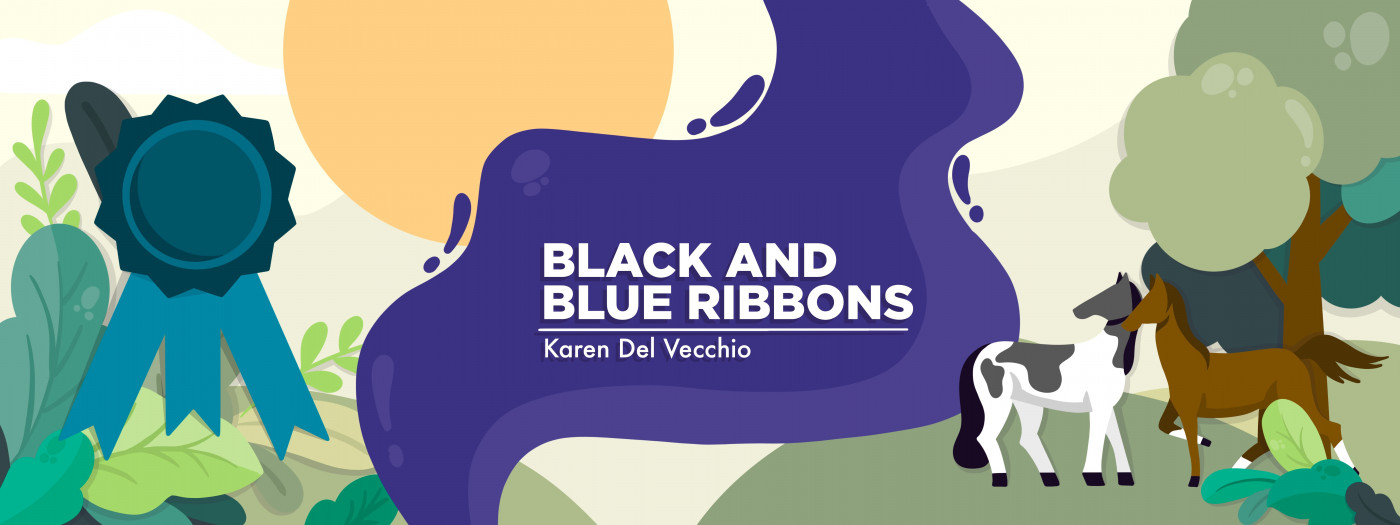Lessons I learned from my teenage self about living with EDS
What life was like as a teenager with undiagnosed Ehlers-Danlos syndrome

After reading my column last week about a grueling high school soccer match that ended with me collapsing in exhaustion, unable to breathe, someone asked if my coaches had pushed me too hard. The answer is no.
Actually, if there was something to blame for my teenage decision to play through injuries, it was Ehlers-Danlos syndrome (EDS). I just didn’t know it yet.
Because I wasn’t diagnosed until 22, I spent my childhood and teenage years playing sports like most kids. I loved it. But I had no idea how much pain I was in because I didn’t know any differently. When you’ve only felt one way, it becomes your normal.
I did realize, though, that I was injured more often than the other kids, and if I complained about everything that hurt, I wouldn’t get to play much. In a kid’s mind, what’s worse than being benched?
Instead, I decided to work harder. If the other kids could do it, so could I. “Quitting” wasn’t a word in my vocabulary. It didn’t matter if it took me longer, I’d complete every workout. I may have come in last on the long training runs, but I’d always finish.
I didn’t know something was physically wrong, so I assumed that more effort was the answer. I may not have been the fastest, fittest, or best, but I was the one everyone knew they could count on to always go to the end.
That attitude wasn’t generally supported by my coaches. Since I didn’t want to be benched, I quickly became an expert at hiding my symptoms. If I could force myself to avoid limping, I could keep playing.
In the incident I described in my last column, I told my coaches I was fine and continued to play as if I were. They didn’t know how bad I was feeling until I let my guard down when the final whistle blew. And boy, were they upset with me when they realized.
I can think of countless other times that I got in trouble, both with my coaches and various athletic trainers, for playing when I shouldn’t have. It was my own stubbornness, and I now realize that my refusal to give in to my EDS kept me on the field past the point of good judgment.
A lot has happened since those teenage years. I’ve matured, of course, and I realize that a game isn’t worth permanent physical damage. I also know now that my EDS was causing my constant injuries. I recognize now there are some things I either can’t or shouldn’t do, which is OK. I understand that taking the time to heal isn’t the same as giving up.
Regardless, that teenage tenacity to never back down hasn’t left me. Instead, it’s seeped into all areas of my life and is one of the reasons I work so hard. I know that my experience battling undiagnosed EDS as a teenager was pivotal in teaching me to be this way.
Note: Ehlers-Danlos News is strictly a news and information website about the disease. It does not provide medical advice, diagnosis, or treatment. This content is not intended to be a substitute for professional medical advice, diagnosis, or treatment. Always seek the advice of your physician or another qualified health provider with any questions you may have regarding a medical condition. Never disregard professional medical advice or delay in seeking it because of something you have read on this website. The opinions expressed in this column are not those of Ehlers-Danlos News or its parent company, BioNews, and are intended to spark discussion about issues pertaining to Ehlers-Danlos.







Comments
Mirna
Love your article. How are you doing now, are your symptoms better or worst? What type of EDS were you diagnose with?